Here is a recent feature photo package I produced for the European Pressphoto Agency (EPA) on the growing numbers of stranded sea lions along the California coast.
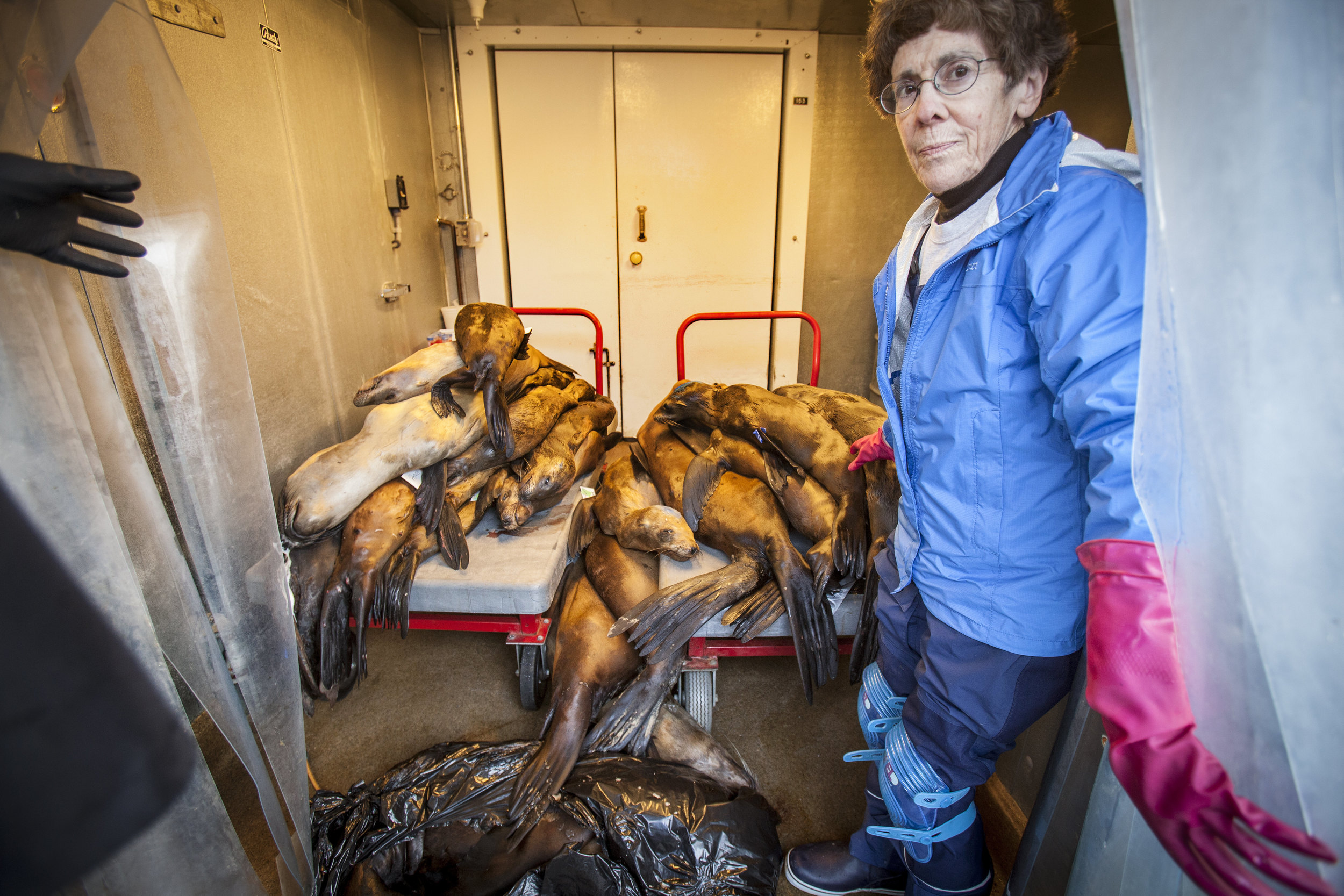

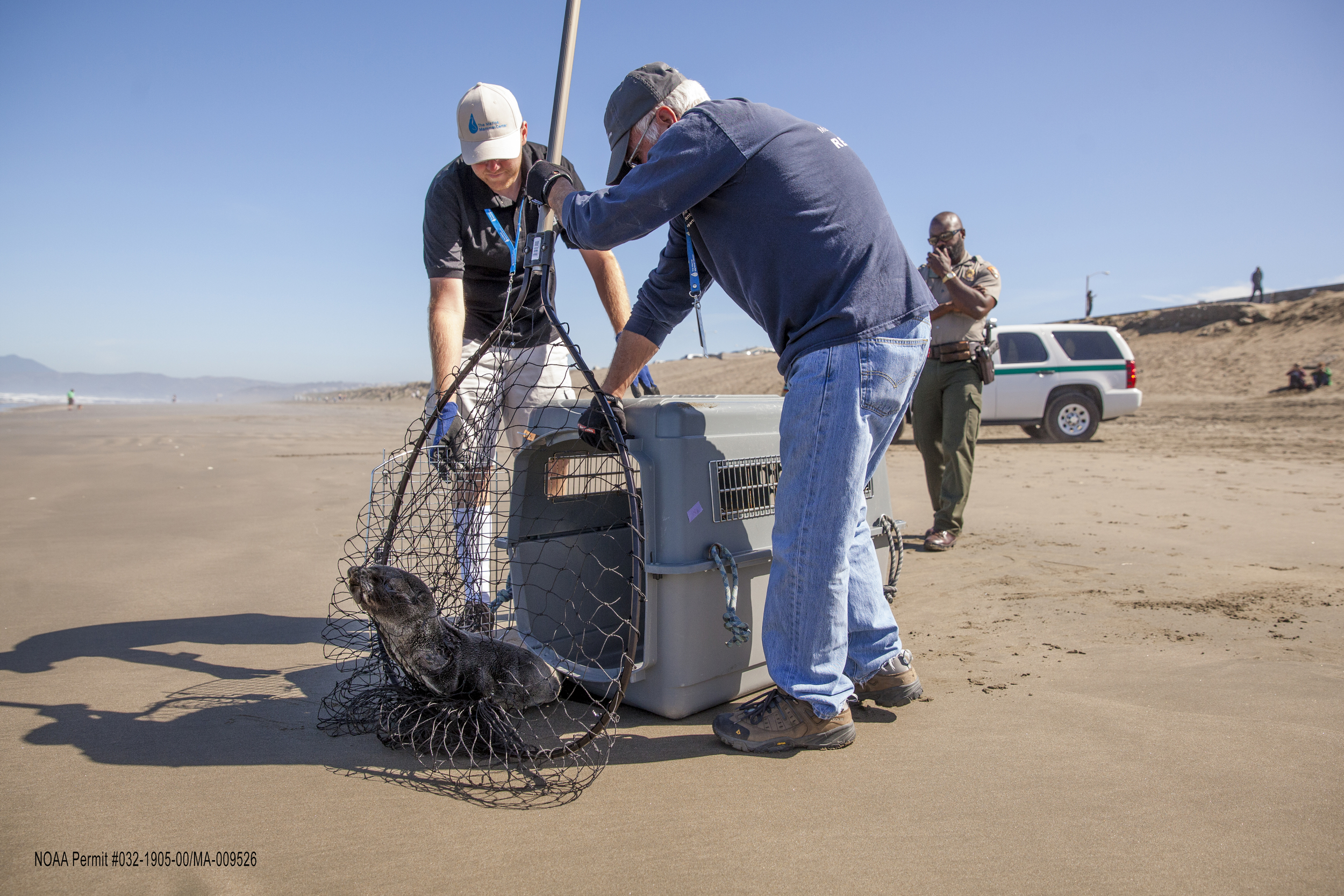
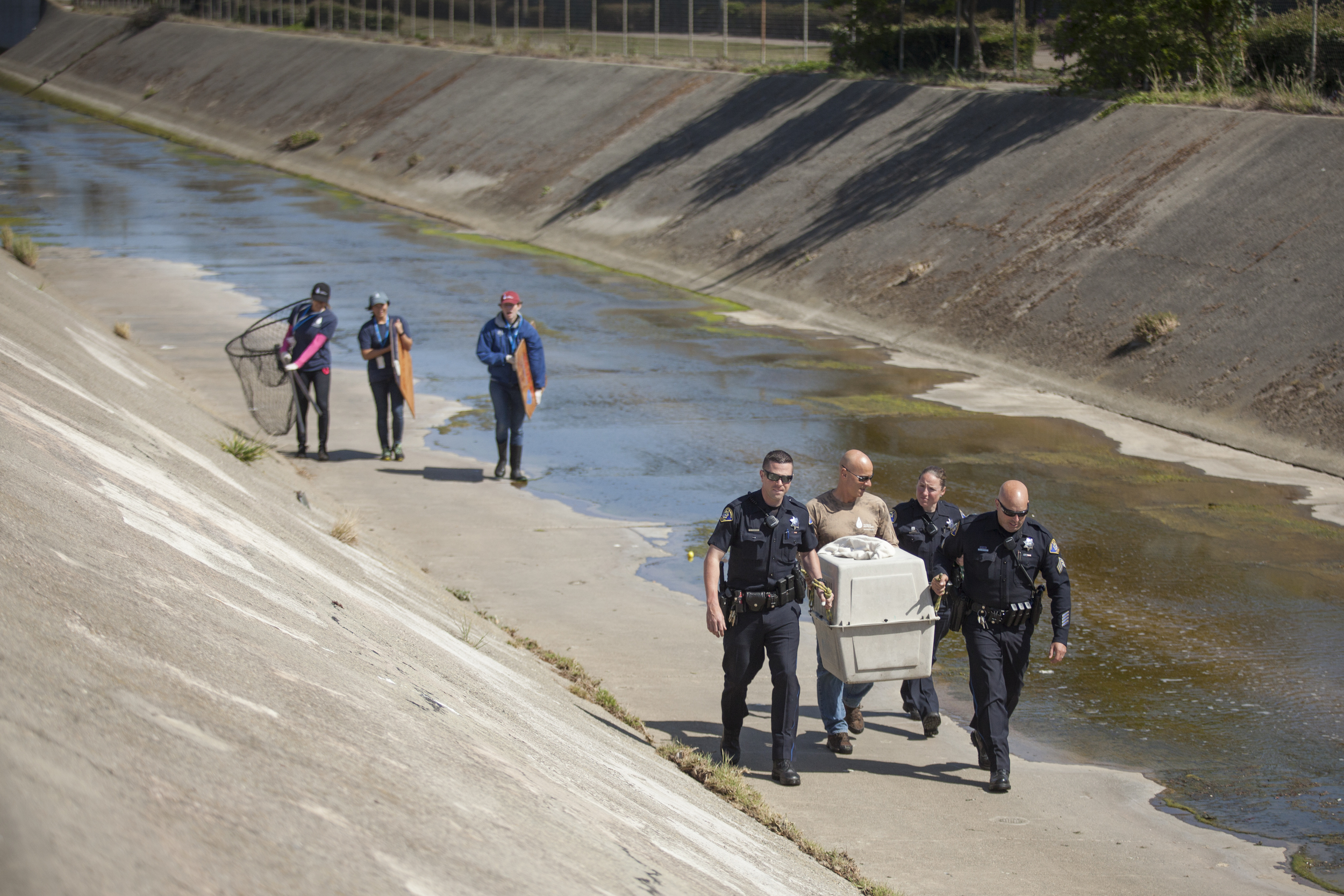
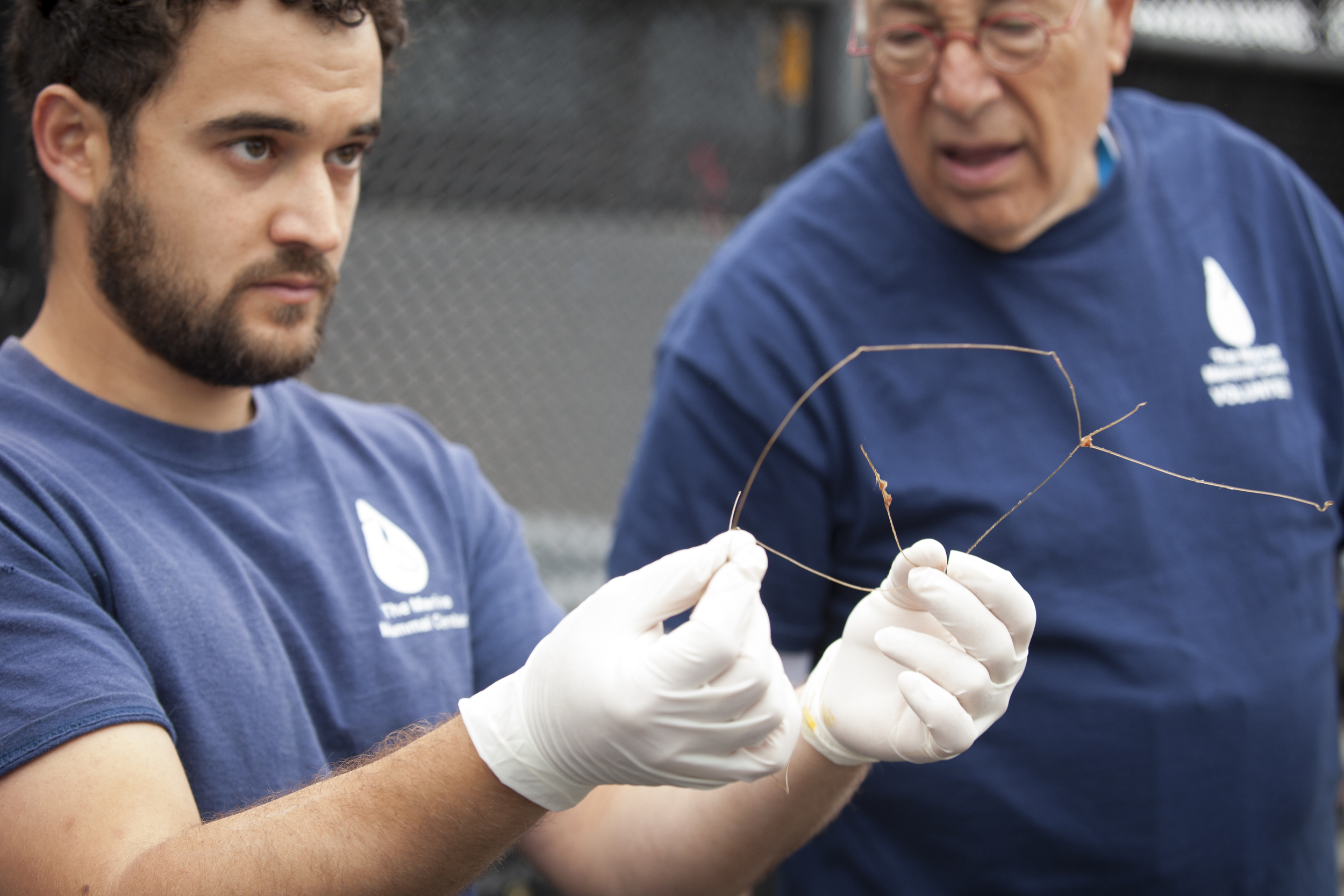
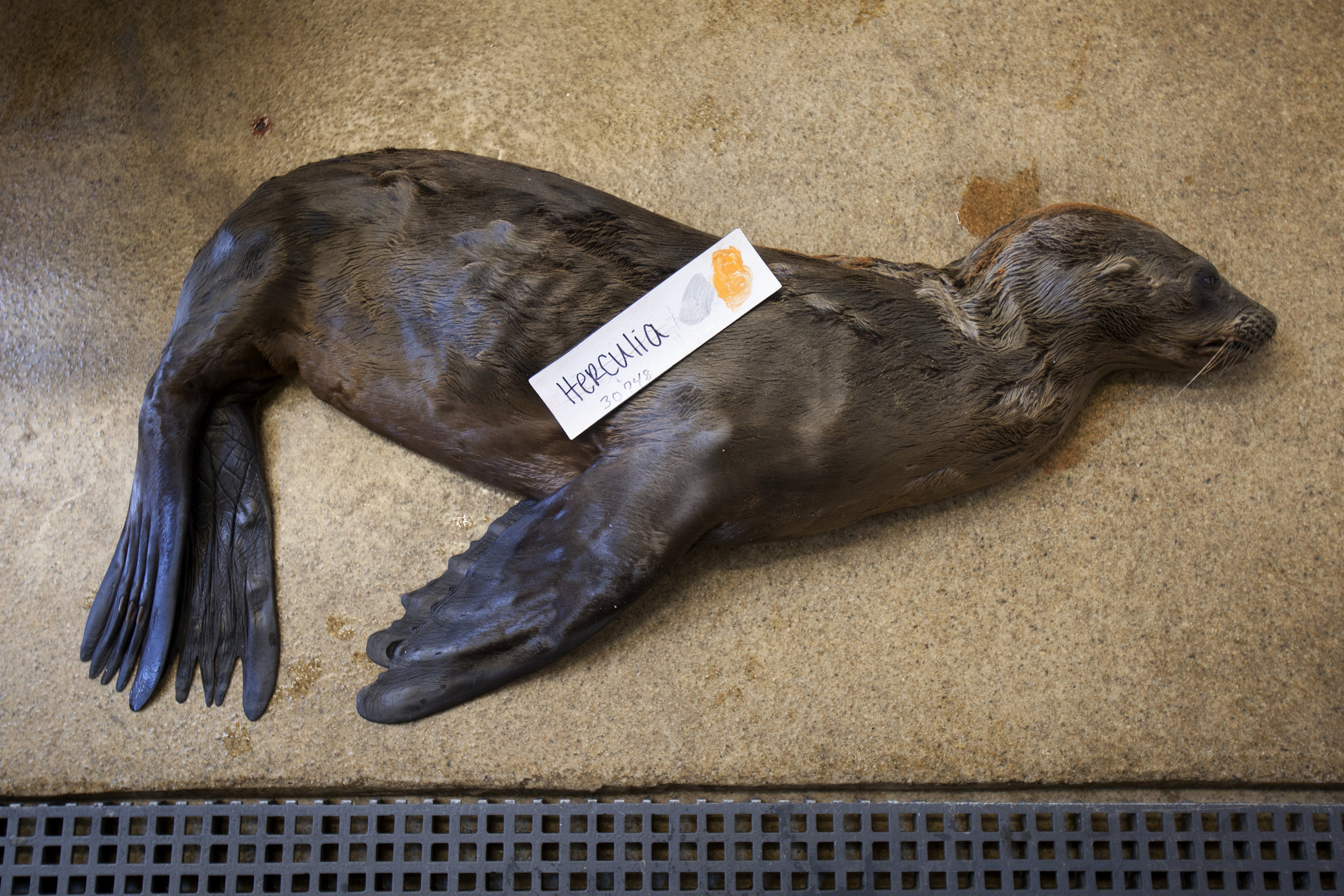
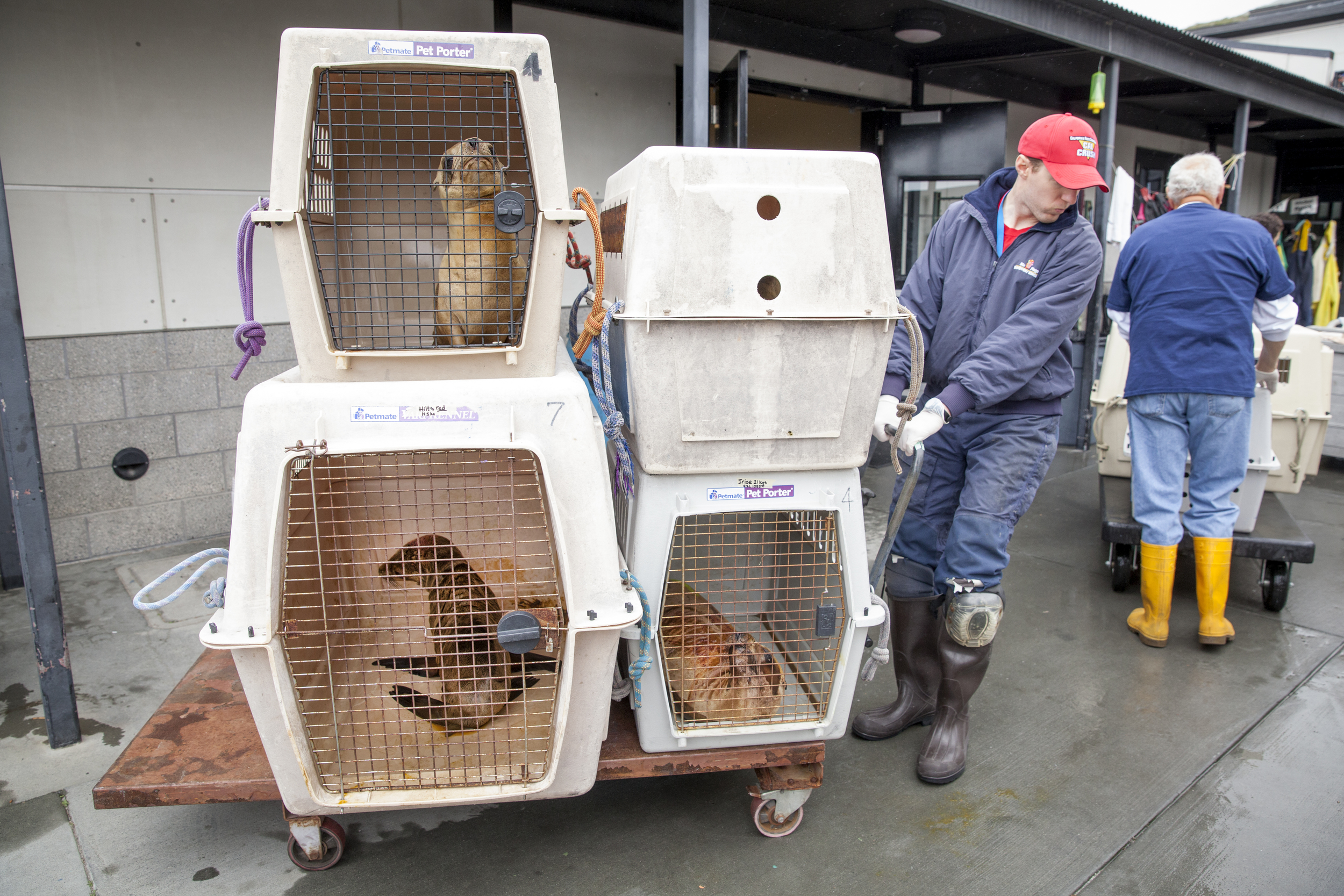
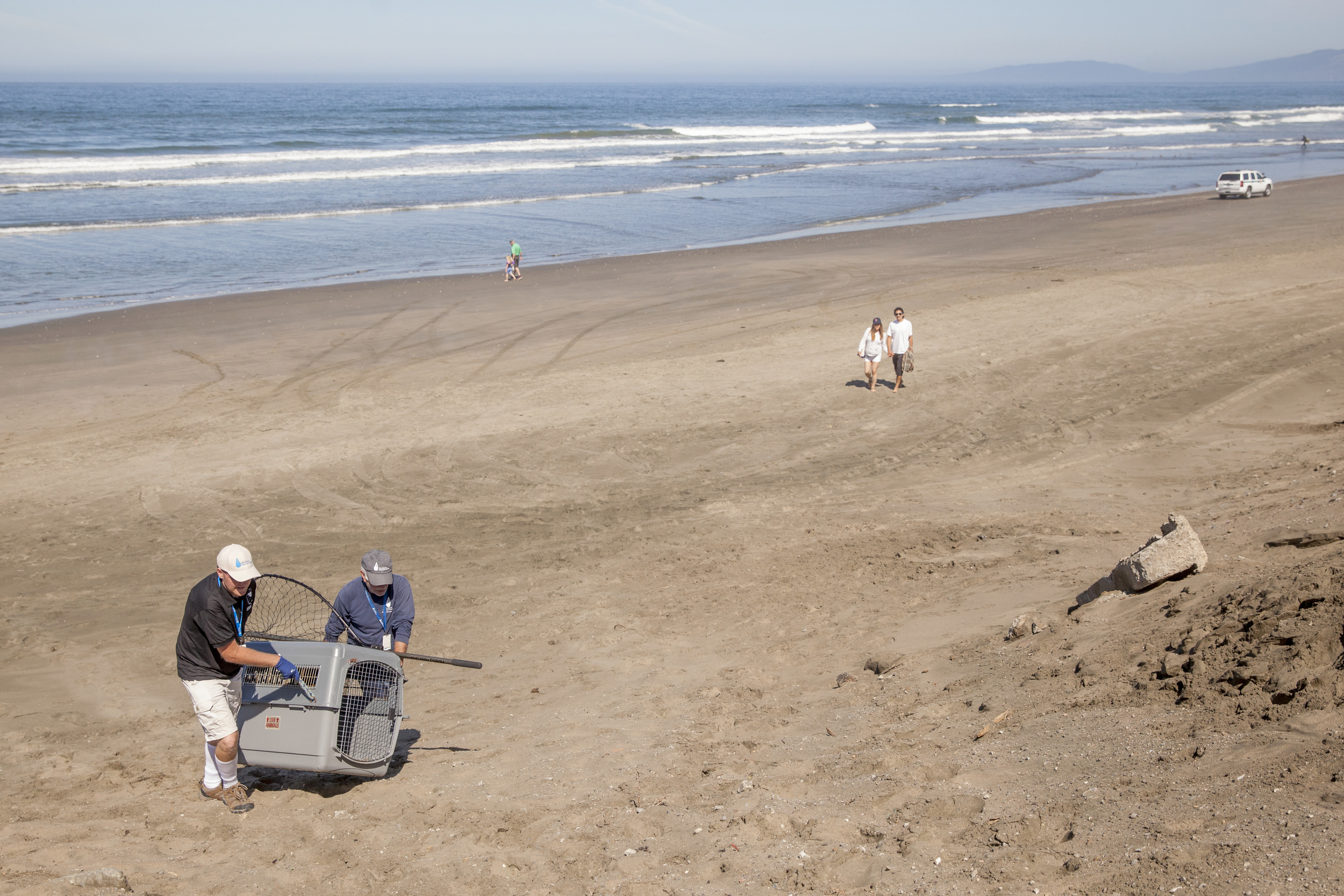
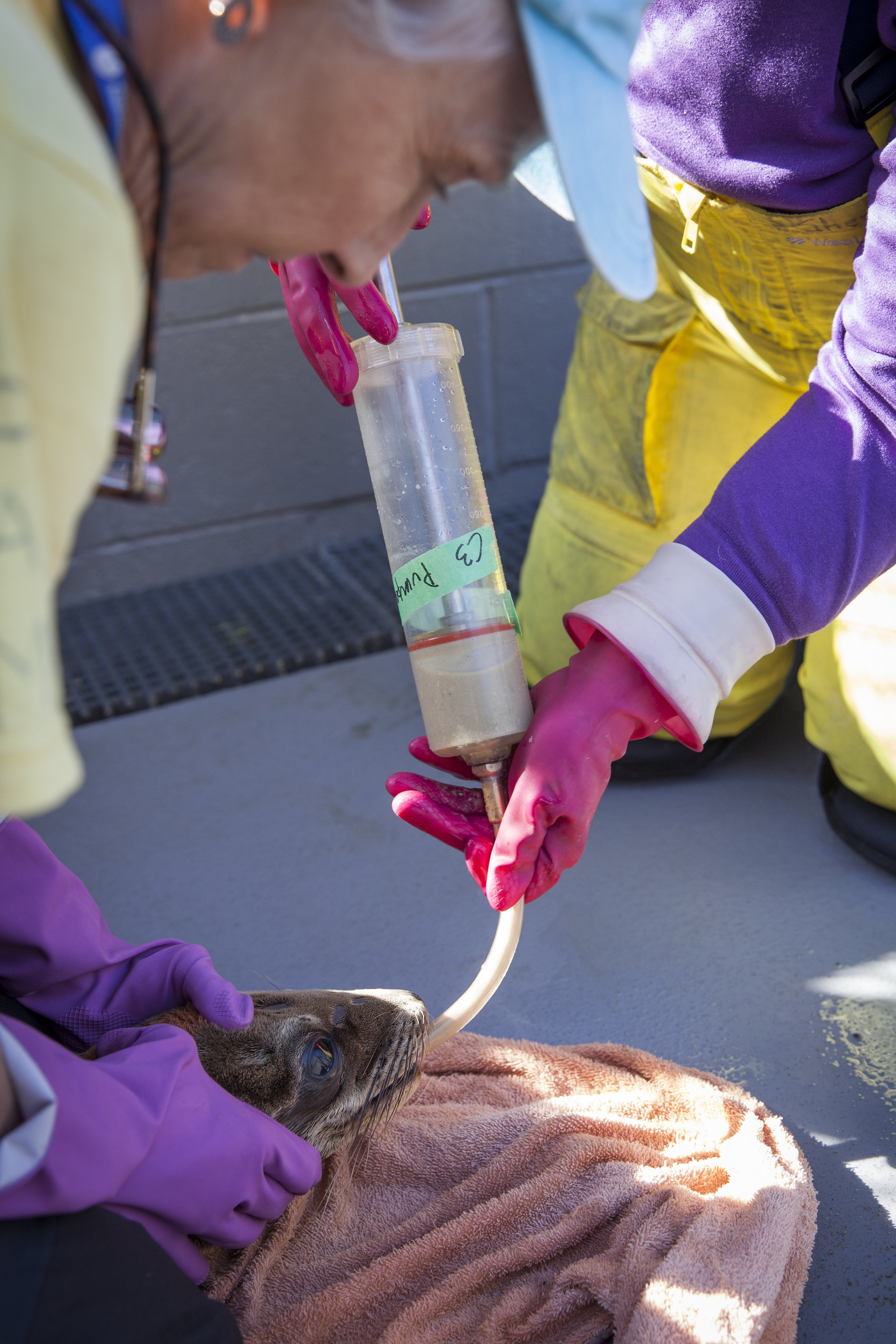

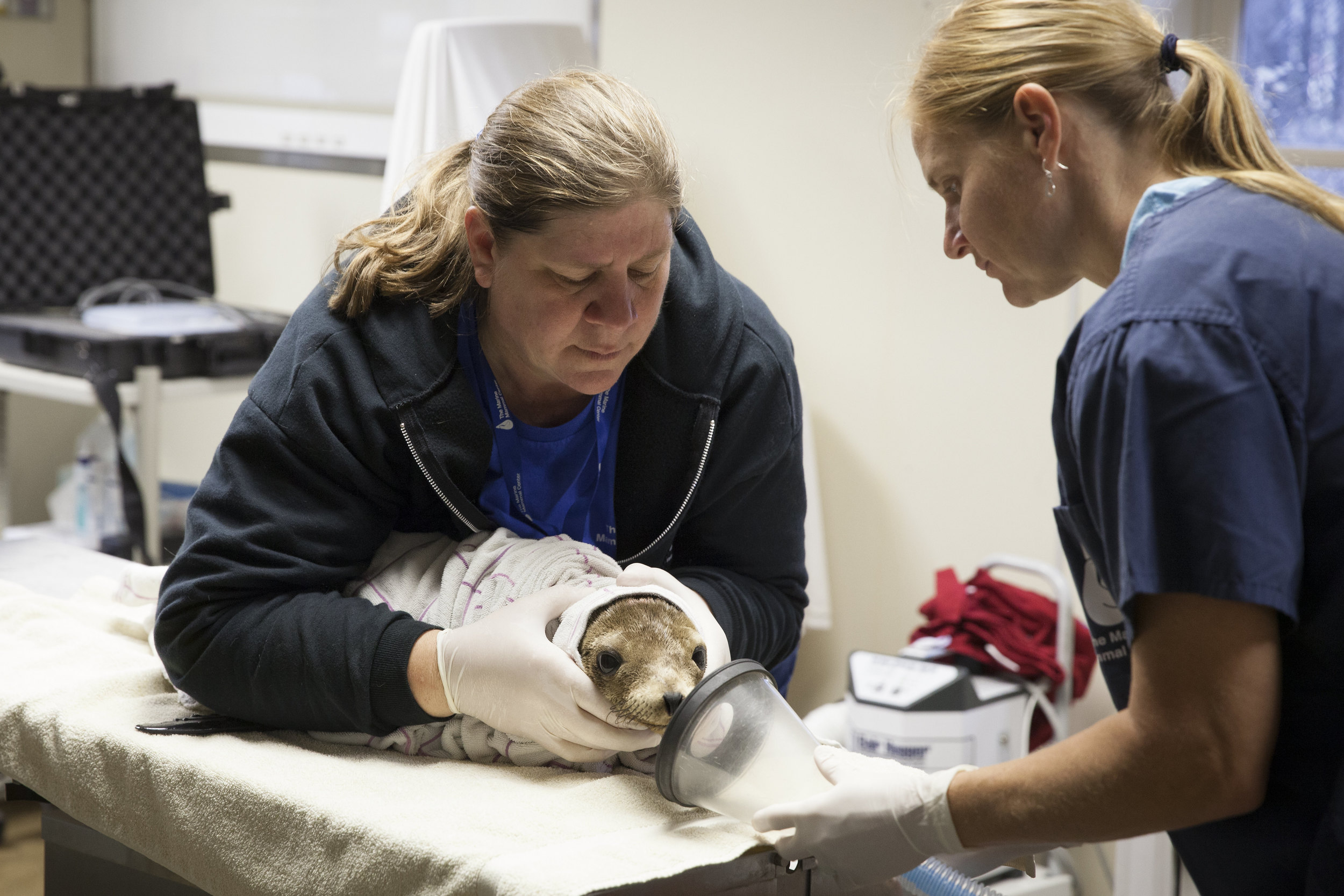
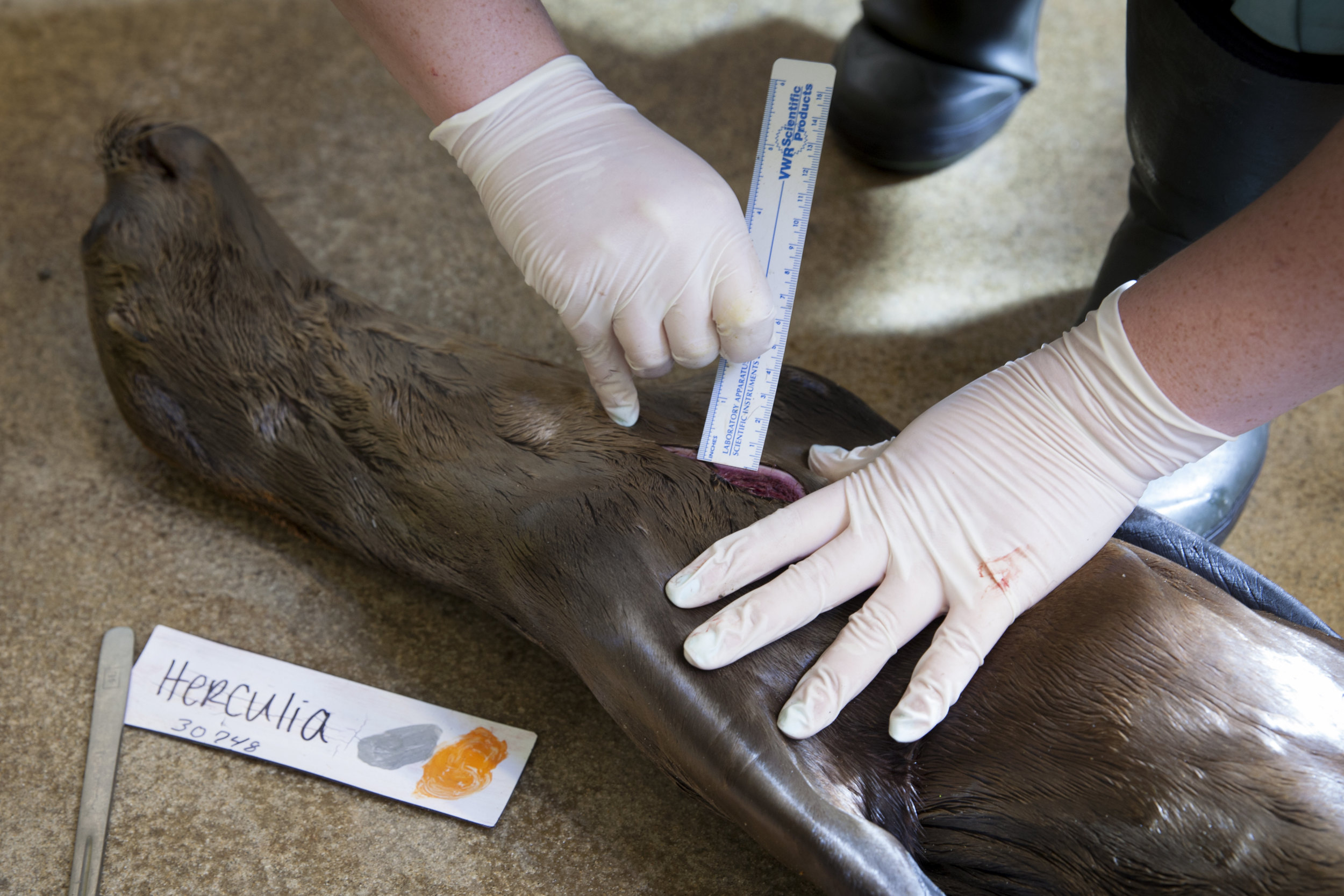
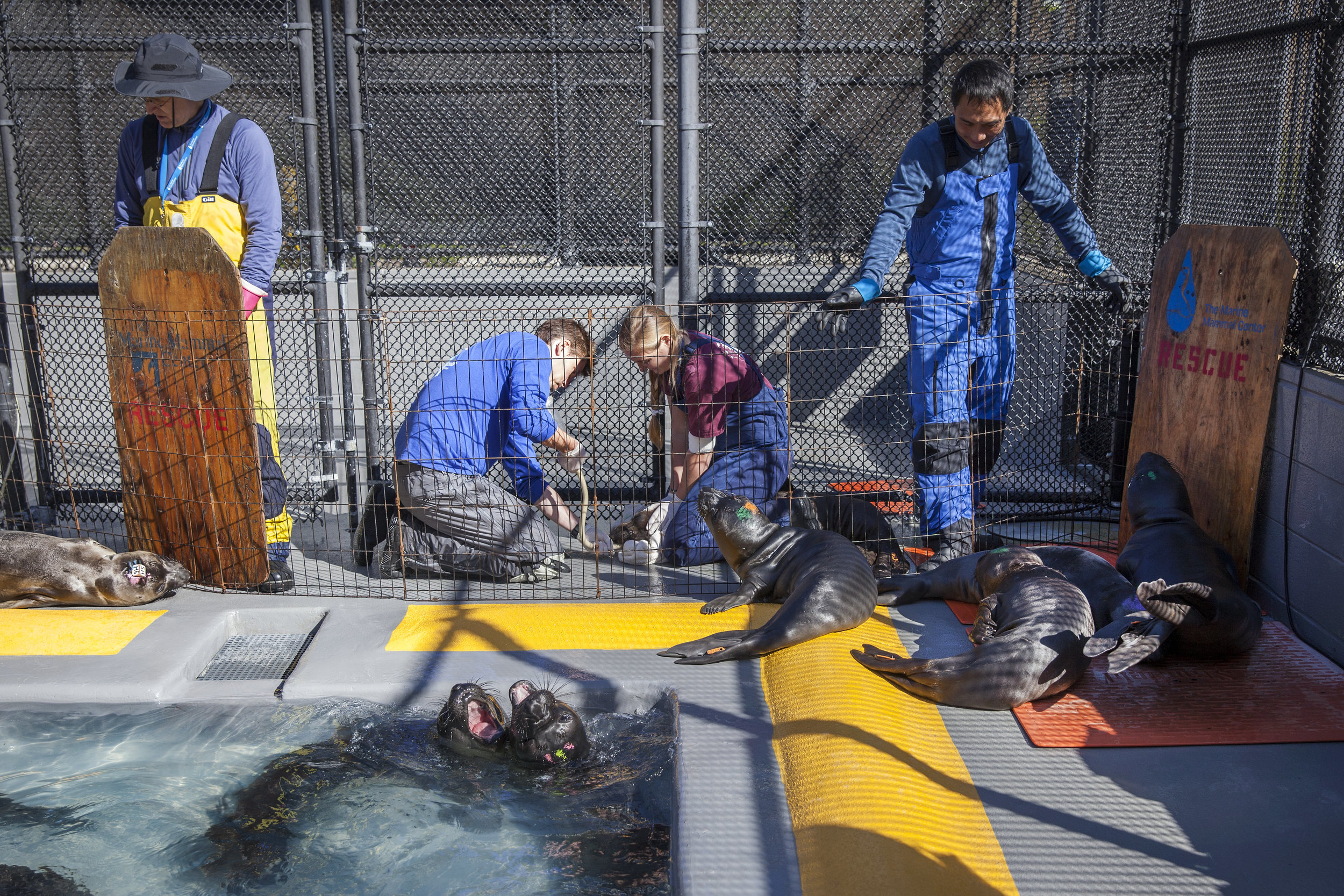
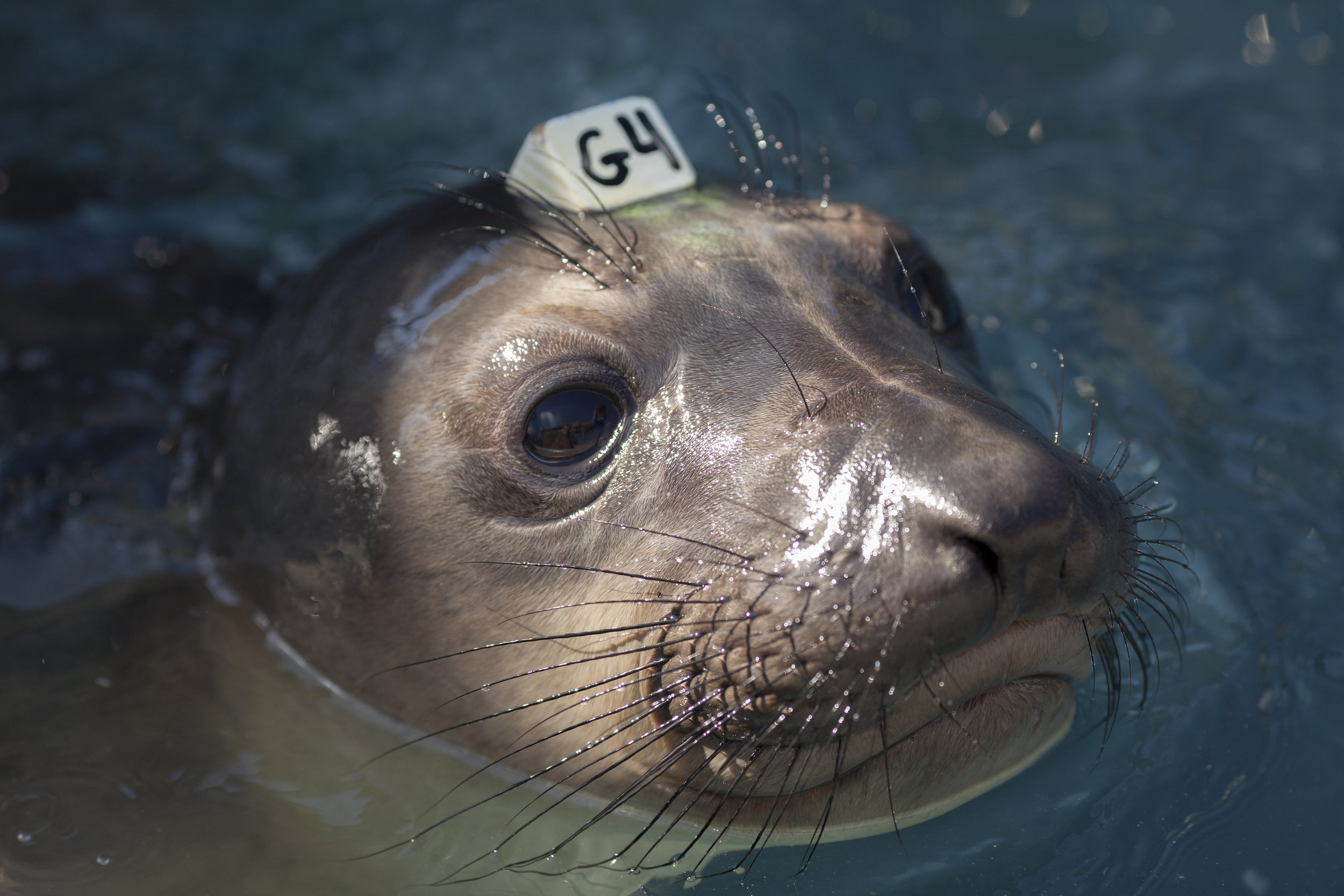
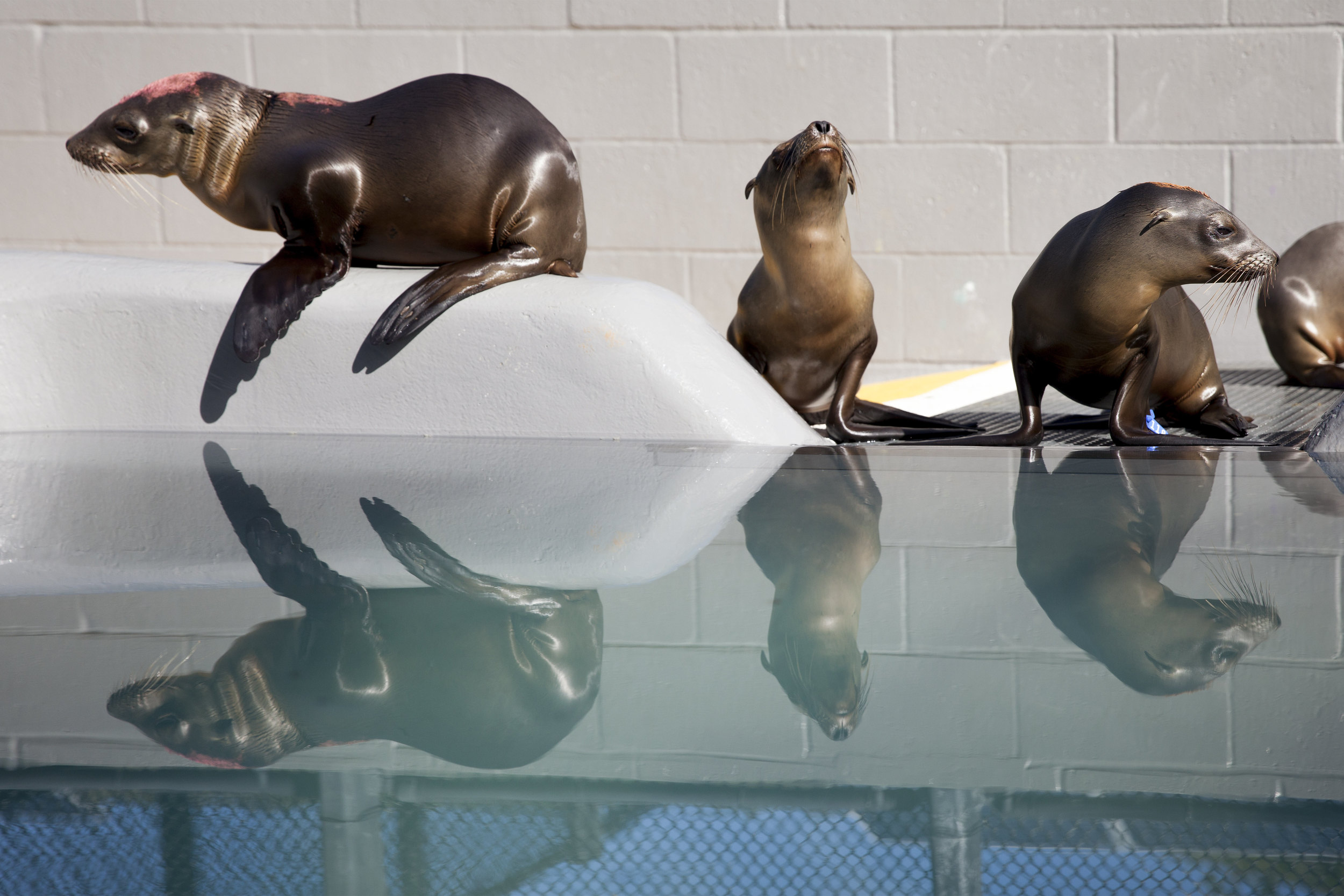


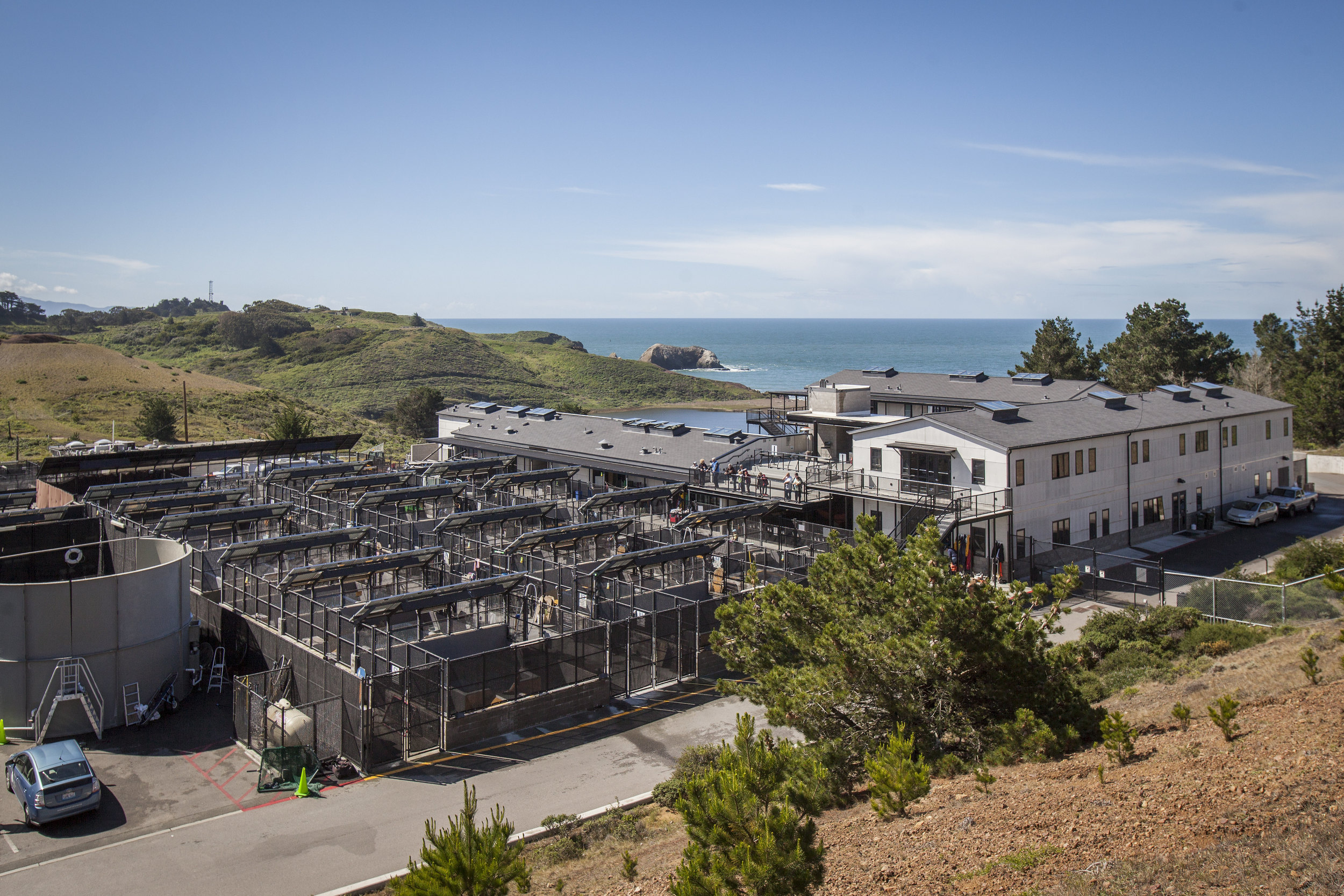


Stranded Sea Lions
Photographer: Peter DaSilva
Wildlife services like The Marine Mammal Center in Sausalito California and other satellite facilities along the California coast are being pushed to their limits this year following the unusually high number of stranded sea lions reported since January 2015.
The Center alone so far in 2015 has rescued a total of 1,071 animals of all species, of which 882 have been California sea lions. While over the same period in 2014 there were 146 rescue of which 59 were sea lions. Every month sees a new record in sea lion 'stranding', mostly pups, according to the National Oceanic and Atmospheric Administration.
A 24-hour hotline receives dozens of calls each day for 'stranding' along the Central and Northern California coastline. Helped by e-mailed photographs and on site volunteer reports, the stranding staff evaluates each call before dispatching a rescue team for a pick up. This is often adding ten animals a day to their already strained infrastructure.
The small but dedicated staff supported by an army of volunteers gather every morning - before sun rise - to start preparing food for the more than 140 hungry animals on site. They continually monitor their 'patients' condition throughout the day, providing life-saving care when needed, tube feeding the weak, preparing the strong for release and removing the ones that did not survive.
The Marine Mammal Center is both a rehabilitation and research facility, collecting data from both the living and deceased animals. Each animal that dies receives a full necropsy, in which researchers look for a cause of death and use the knowledge obtained to give future patients a better chance of survival.
Furthermore the center focuses on providing educational outreach to increase our overall understanding and awareness about the health of marine mammal populations and our ocean as a whole.
